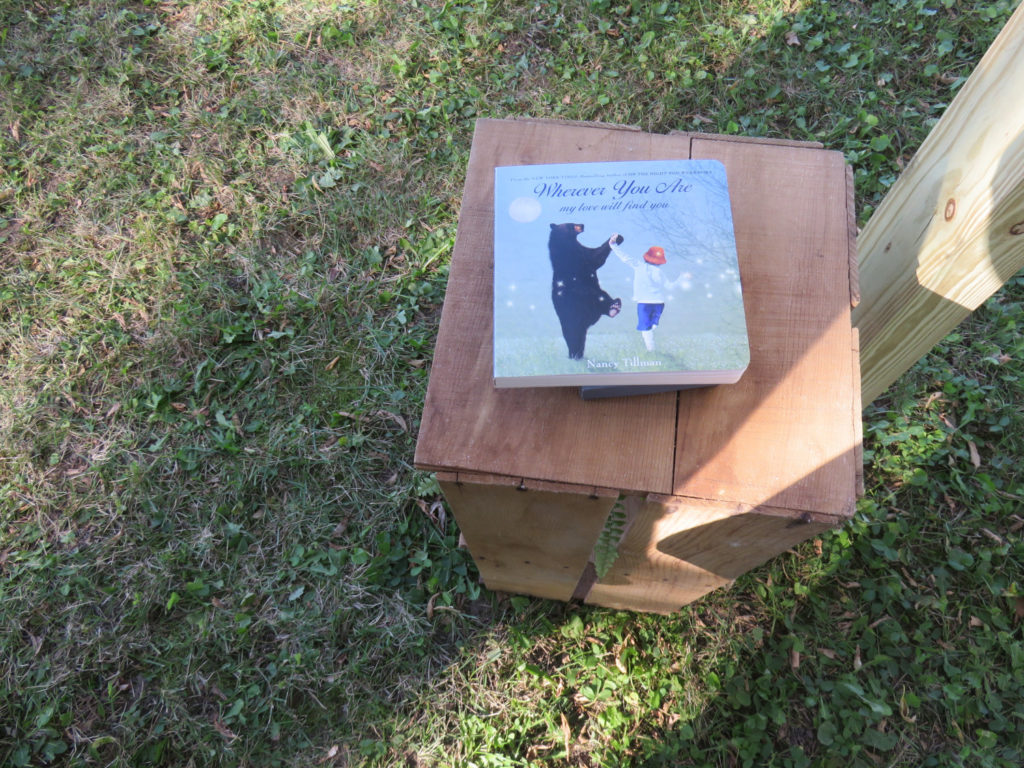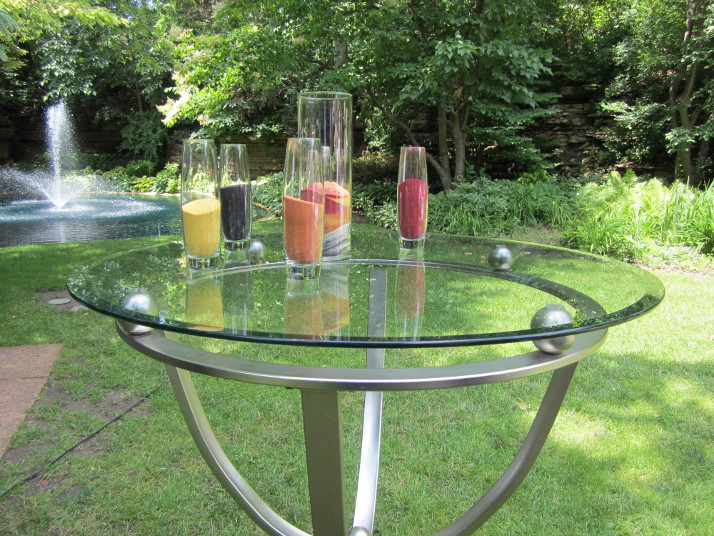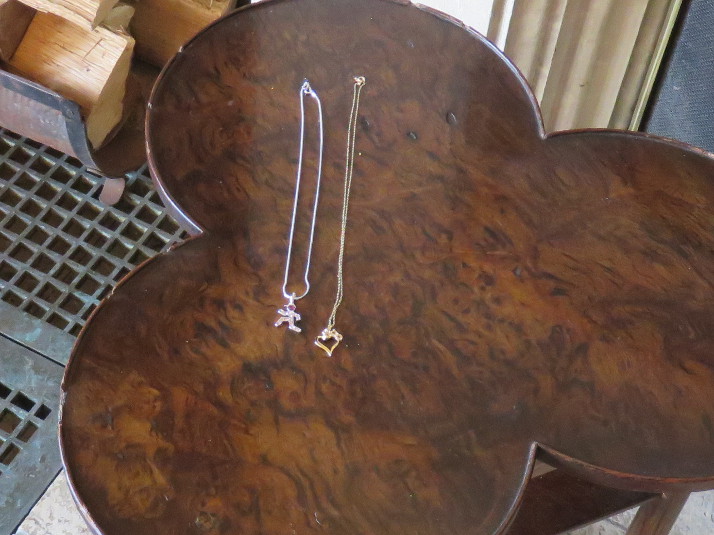Modern Wedding Parties
Modern wedding parties are as diverse as the couples being married. No longer is it necessary to match the number of attendants (bridesmaids and groomsmen). Or dress attendants identically. No longer do the genders of attendants need to match the person for whom they are standing up. Let’s consider what is most important about the people you choose for your wedding party.
The single most important attribute for inclusion in your wedding party is that the person be someone you are close to and who supports your choice to marry. These important people will work with you in planning your wedding. They will celebrate with you at bachelor or bachelorette parties. They may organize showers or other gatherings, too. On the wedding day itself, these important people will be with you throughout the day. They may gather for hair and make-up sessions. Or help you dress. They will stand with you during the ceremony and will celebrate with you throughout the reception. Bottom line, being an attendant at your wedding is often a job best reserved for your besties and your siblings (if you’re close).
Choosing your modern wedding parties is easier than in the past. You have flexibility in numbers, genders, and attire. If you happen to have four people who immediately come to mind when considering who will stand up for you, and your partner has three, this is not a problem. There are a few ways to handle uneven numbers:
- Have the attendants enter as couples and a trio if the numbers are only off by one. Or have one attendant lead the way, followed by the rest as couples.
- Have two attendants enter together and both step to one side if your numbers are off by two.
- Have your attendants enter single file, alternating between standing on each side. Hint: no one will notice or care if two or even three attendants step to the same side in this approach.
- Have all the attendants for one of the couple enter together as a group at the beginning of the processional, with the attendants for the other one of the couple following as a group.
A growing number of weddings have attendants of both genders (or non-binary individuals) for each member of the couple. It’s easy to ignore tradition in this case and have them enter two by two, but not on each others arm. Then it doesn’t matter if two women or two men are walking side by side. You can combine this approach if you have both uneven numbers and mixed genders among your attendants.
If your wedding party includes mixed gender attendants the question of dress often comes up. It’s perfectly acceptable to have the women in the party dress alike and the men as well. But you can also get creative here. A woman standing up for a groom can wear the same style dress as the bridesmaids, but in the groom’s attendants’ color. A man standing up for a bride can add a tie or shirt in the color of the female attendants. Some couples address this situation by simply asking their attendants to wear a certain color and everyone gets to choose their own style. The options are limited only by your creativity, using the comfort of your attendants as your guide.
We are fortunate to be living at a time when many “rules” about weddings are falling to the side. The make up of modern wedding parties benefits from this change. Surround yourself with the people most important to you on your wedding day and you’re sure to have a memorable time.



